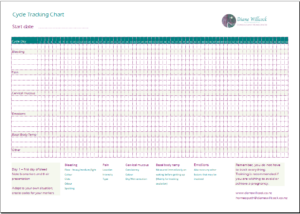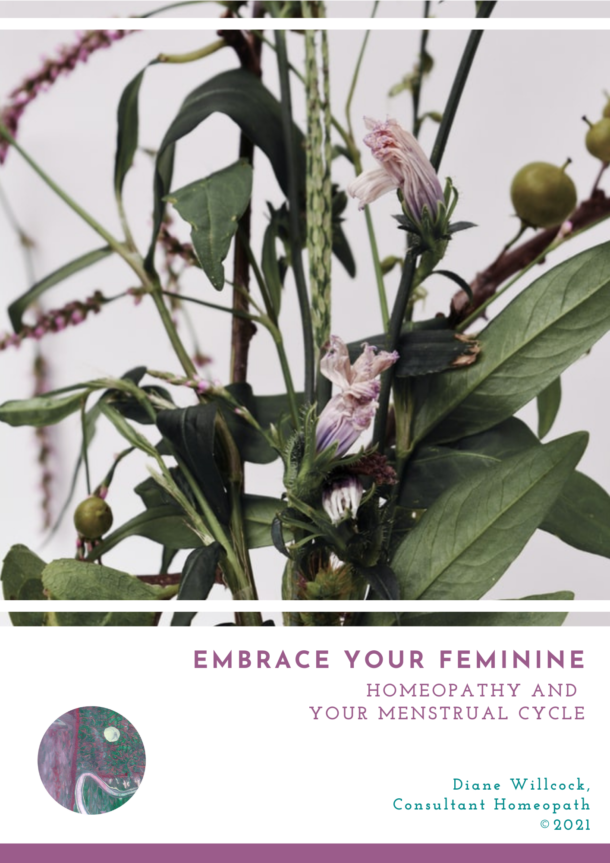Let’s talk Periods
When I was a teenager, no one really talked about periods. You were given some basic preparation and you did the best you could. Pain or excessive bleeding? Well, you just thought that was normal.
I’m so pleased that things have changed. When I see teenage girls (and other women) in my clinic, generally they are not only comfortable talking about their periods, they have the appropriate vocabulary to do so. Not so many of them however know what a great resource our cycles are in regards to looking after our health.
Fertilty and General Health
Ever notice how even the most stunted little weeds still manage to produce a flower and seeds? By nature, the aim of creatures is to live and to reproduce. The drive to reproduce can be at the expense of other aspects of life. If resources are scarce, the organism will, after doing what it takes to stay alive and safe, prioritise reproduction.
Humans have intellect and free will and can thus manage their drive to reproduce but the human body is programed and will prioritise resources to the reproductive system accordingly.
Consequently if your reproductive system is not working well, it’s a sure sign your general health is not well either. The good news is that your reproductive system gives you tangible feedback each month about what is and what isn’t working well with your body.
BioFeedback
The various aspects of your cycle – how long, regularity, how much blood, what colour blood, what consistency of blood, what sort of physical or emotional pain and when – all indicate how well your hormones are performing in their monthly dance and how well the rest of your body (including blood, digestive system and liver) is enabling this dance.
Optimal Health is Manifested in Optimal Fertility
The Ideal Menstrual Cycle
28 Day Duration
Ovulation on Day 14 with healthy, clear, stretchy mucus
Bright red, fresh menstrual flow
Enough blood to soak a tampon or pad every four hours for four days
Regular Basal-body Temerature Curve
NO PMS NO PAIN NO CLOTS
Your Period is a Report card of your general health and fertility. And you can learn to read it.
For example the quality and quantity of menstrual blood can tell you the following:
Fresh red: All good. Your body is building high quality blood which is circulating freely
Pink: Indicates a deficiency in red blood cells (not necessarily anaemia). Your body is not building good blood from your diet (or your diet is inadequate)
Rusty/Brown: Blood is old and stagnant – not circulating freely. Ovulation may be early.
Dark/Purple: Blood is thick and very stagnant. Often there will be pain and cramping during the flow. There is also increased risk of cardiovascular disease.
Black: Not good. Blood is very thick and very, very stagnant. There will be significant pain during the flow. Associated with high incidence of fibroids.
(Source: Seeing Red, by Kirsten Karchmer)
Tracking your Cycle
First step is to start tracking your cycle. There are so many biomarkers you can track, it can become a little confusing to start with. Good news is that depending on what you want to achieve, you don’t have to track all of them. (If you are having problems with fertility or wanting to avoid a pregnancy, some training might be needed to fine-tune your tracking – there will be another blog about that).
A good starting point would be to note the easily observable biomarkers each day. It is not an onerous task. You can be creative making a code to mark these each day.
If you need help getting started or with overcoming menstrual irregularities book a free 15 minute chat with me to discuss your options.
Biomarkers to Track Daily
- Day 1 (first day of bleed) and by default, the day before which is the last day of previous cycle – so we know how long the cycle was
- Days of bleeding – indicating how much blood and qualities of that blood (quantity, colour, odour, clots etc)
- Pain – location, type, intensity (period pain, pain at ovulation or any other time)
- Cervical discharge and its qualities (healthy cervical mucus changes in appearance and consistency depending on stage of the cycle – good for tracking ovulation)
- Basal body temperature (if you are serious about tracking fertility)
- Emotions – type, intensity (there is a whole range of possibilities)
- Stresses – any external events that may be influencing your cycle e.g. lack of sleep, relationship problems, work/school problems, alcohol, drugs etc
Tracking done be done with an app, a spreadsheet or pen & paper. There are a multitude of apps available, some better than others.
Once you have tracked your cycle for a few months, you will be able to see the patterns (or lack thereof) and problems (if any). You will also be able to to provide valuable information that can be used by your homeopath to help correct the problems and to monitor progress to better health.






